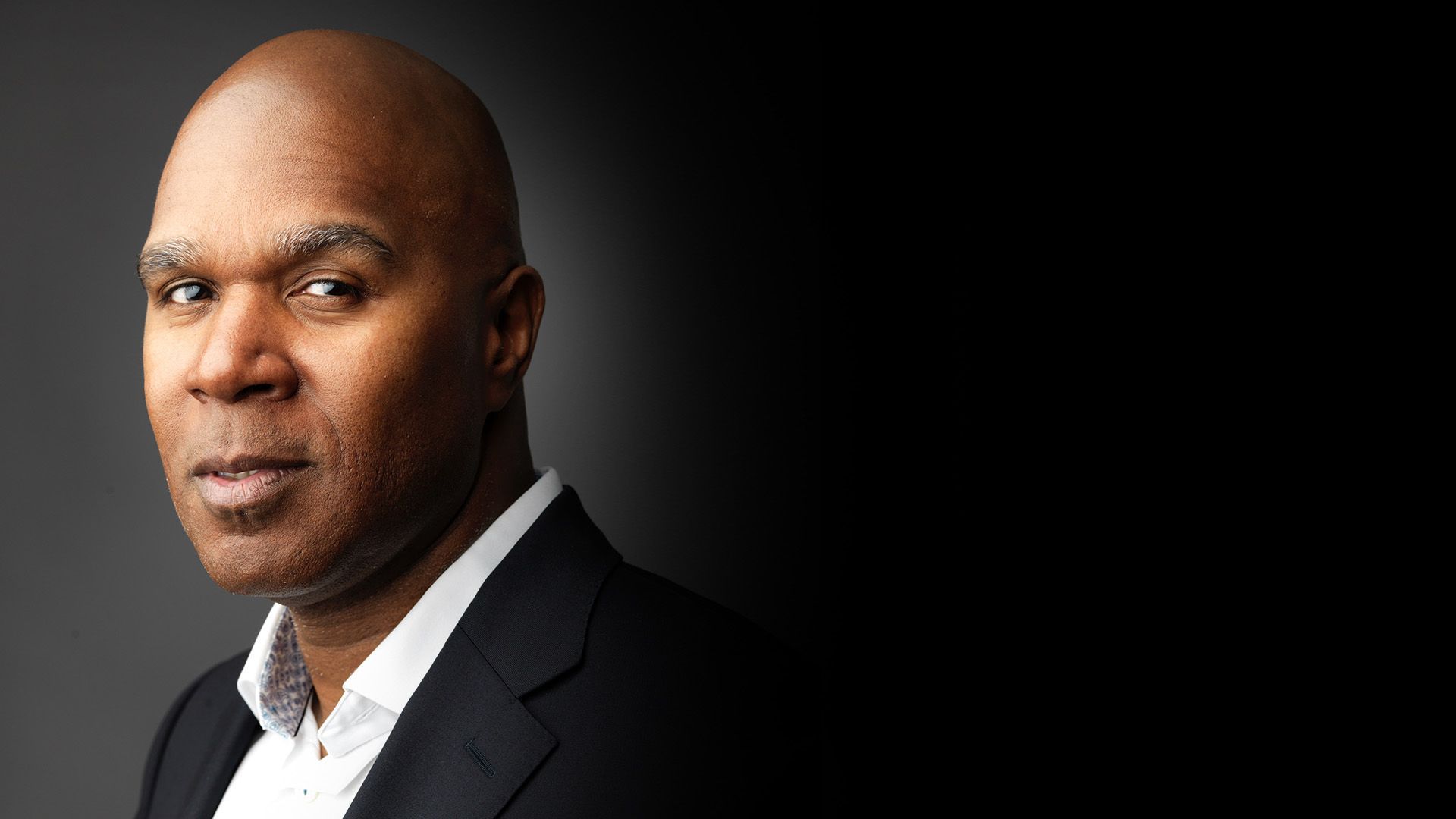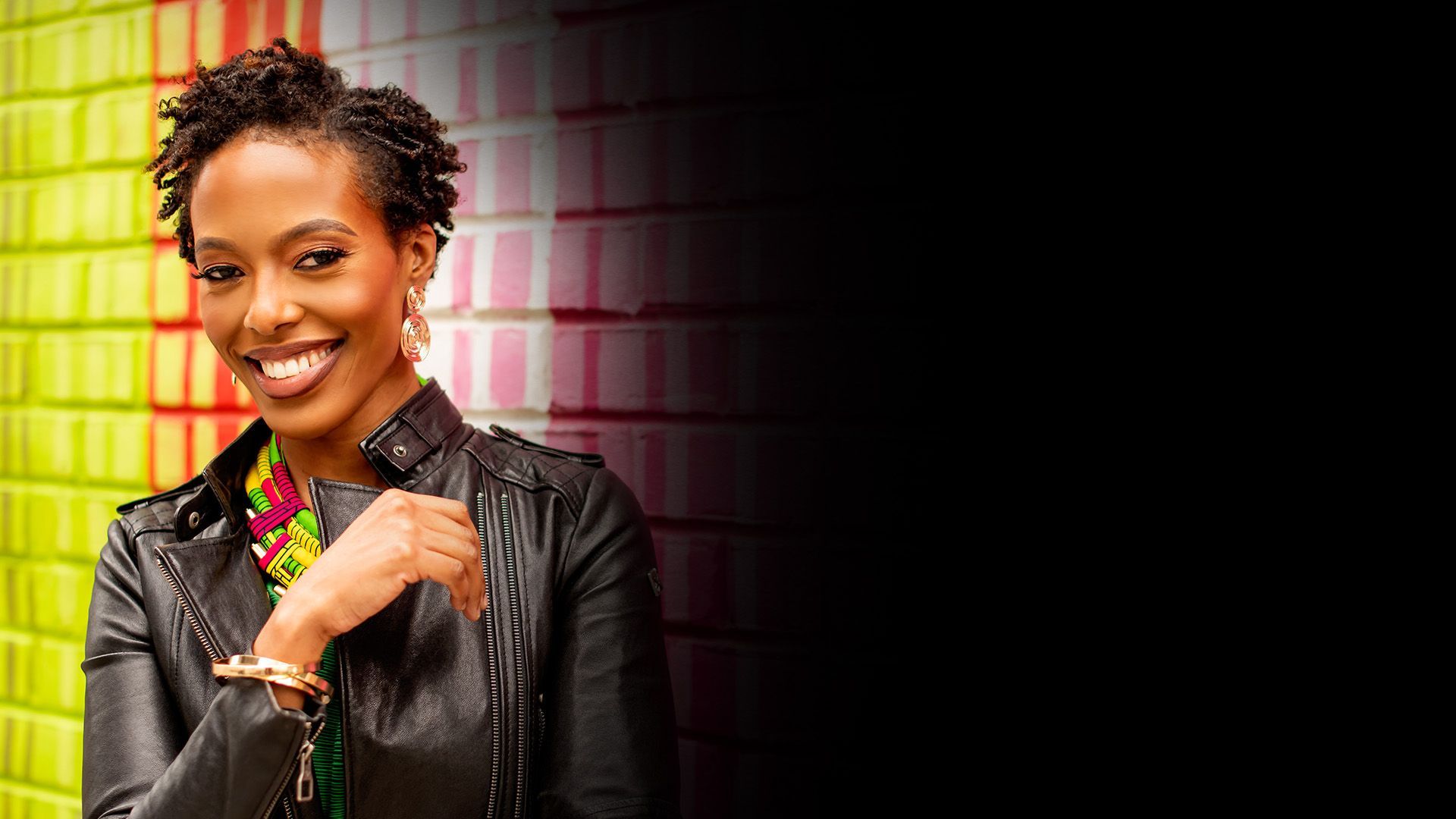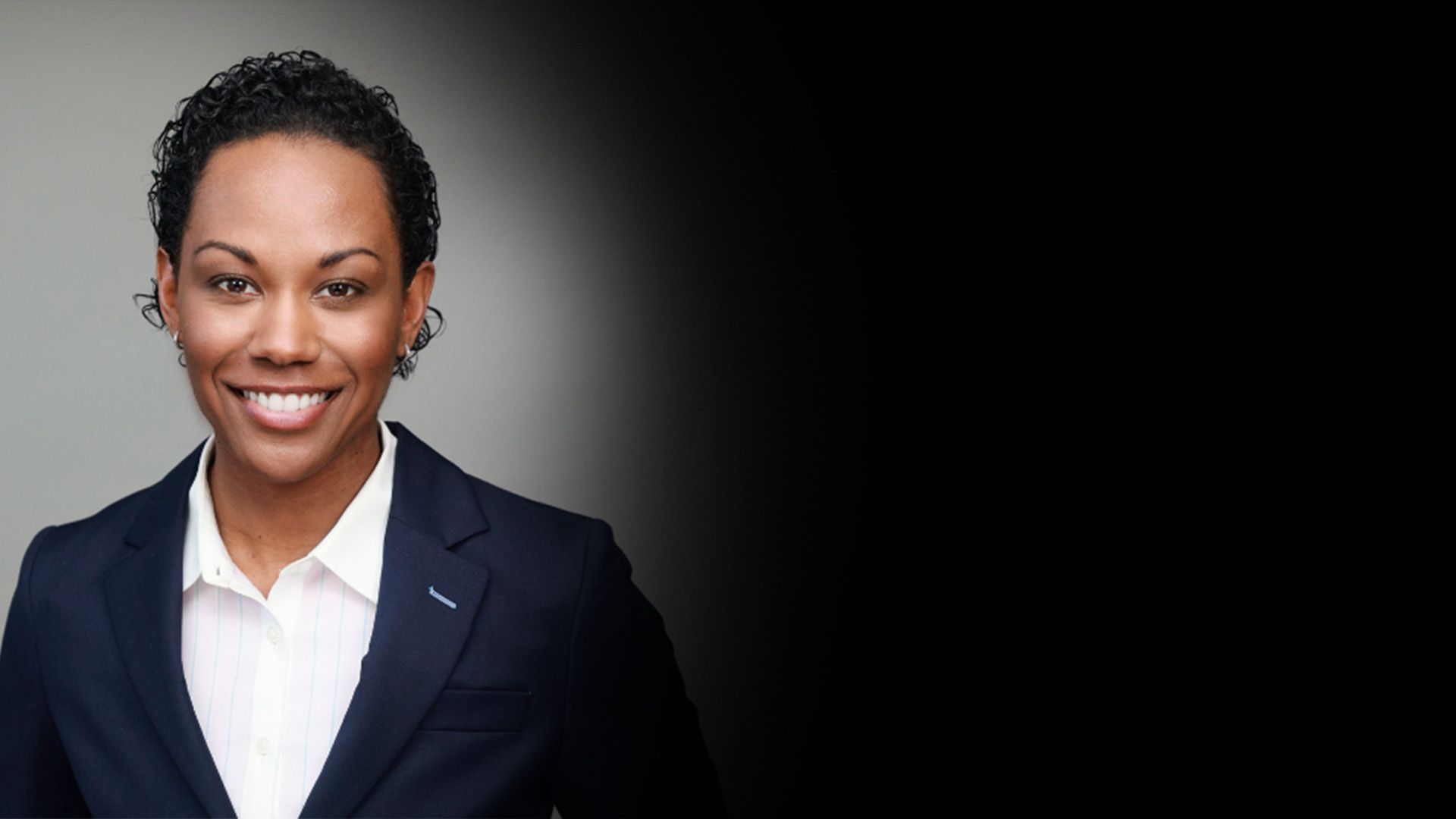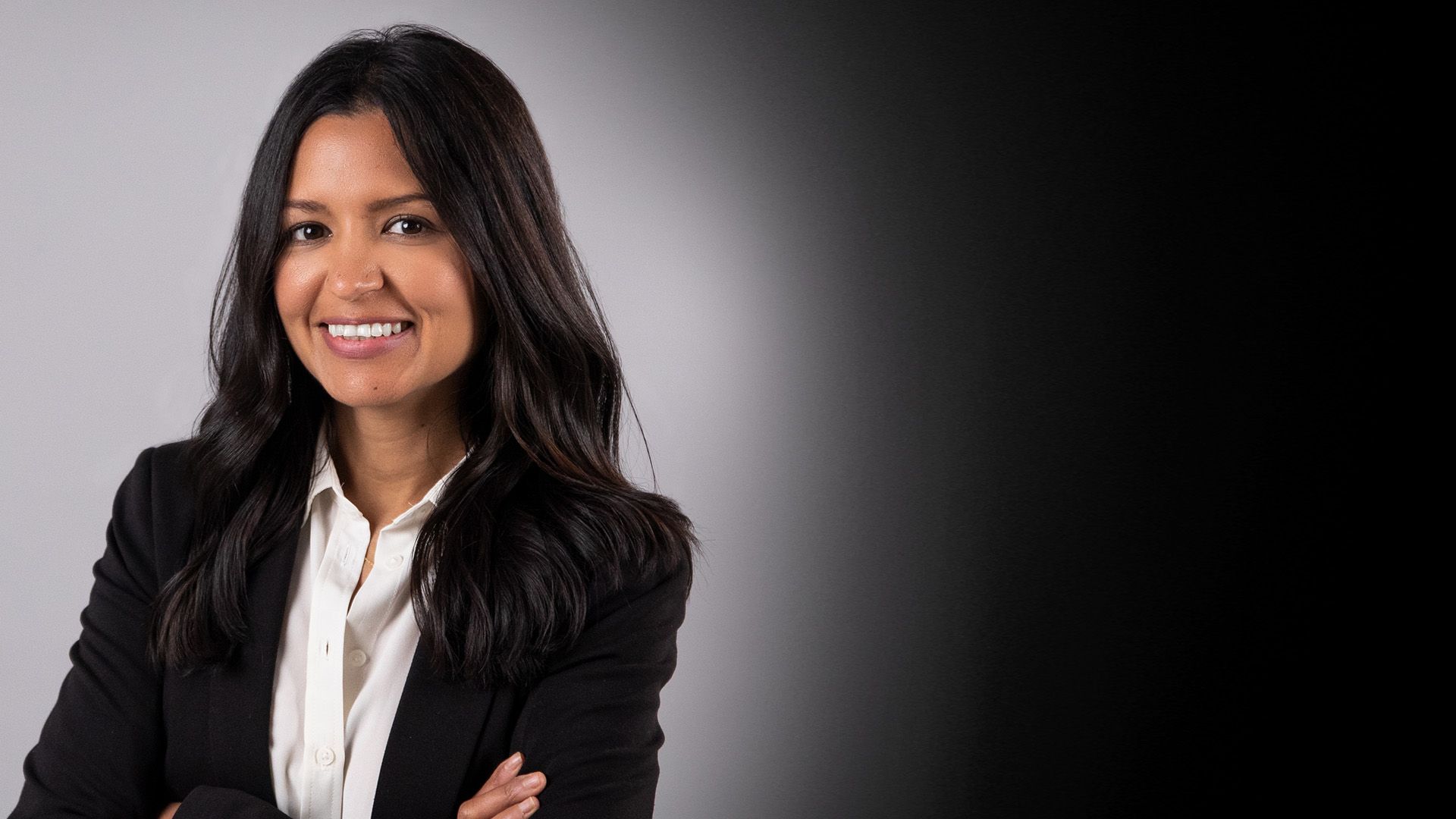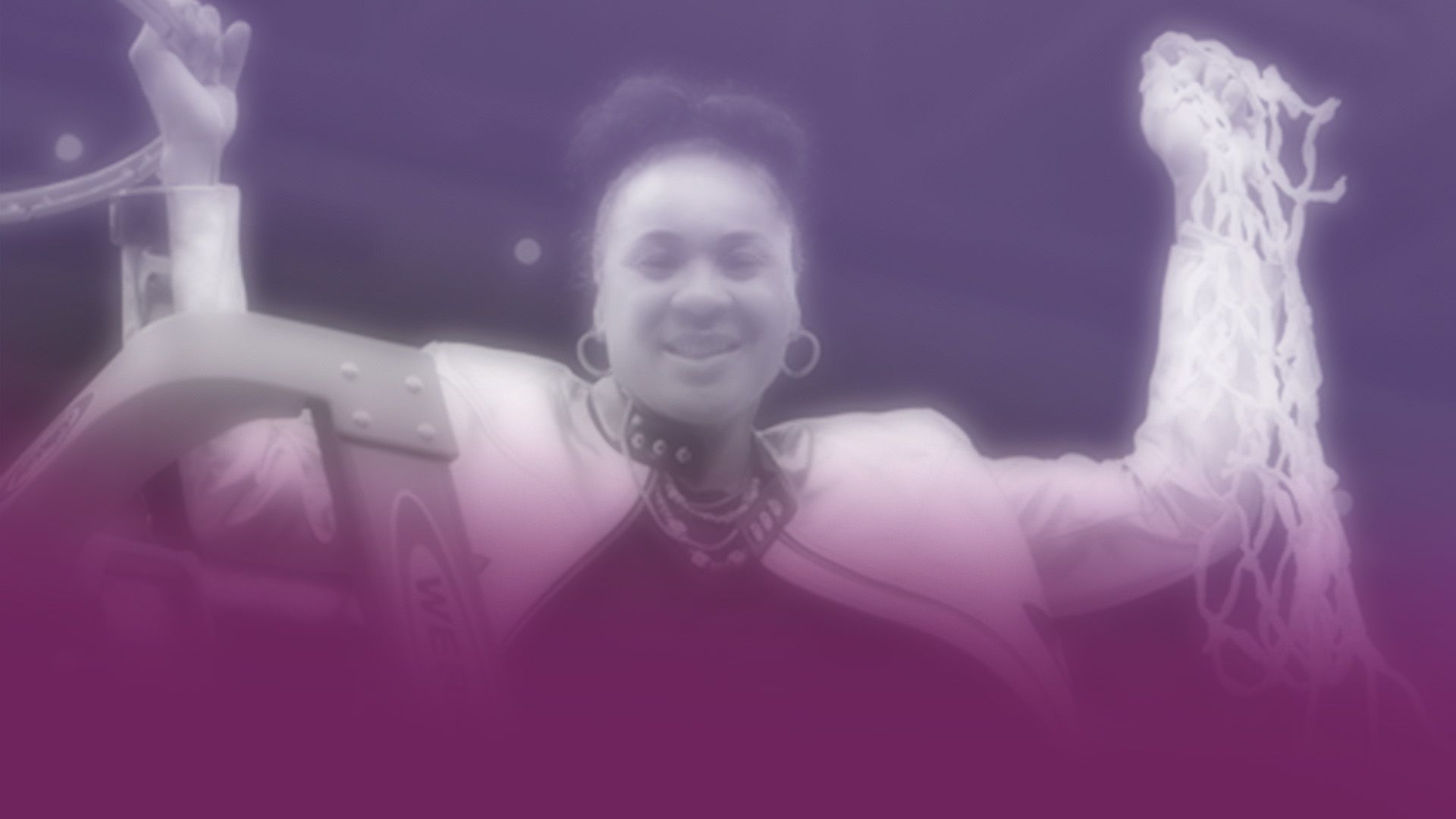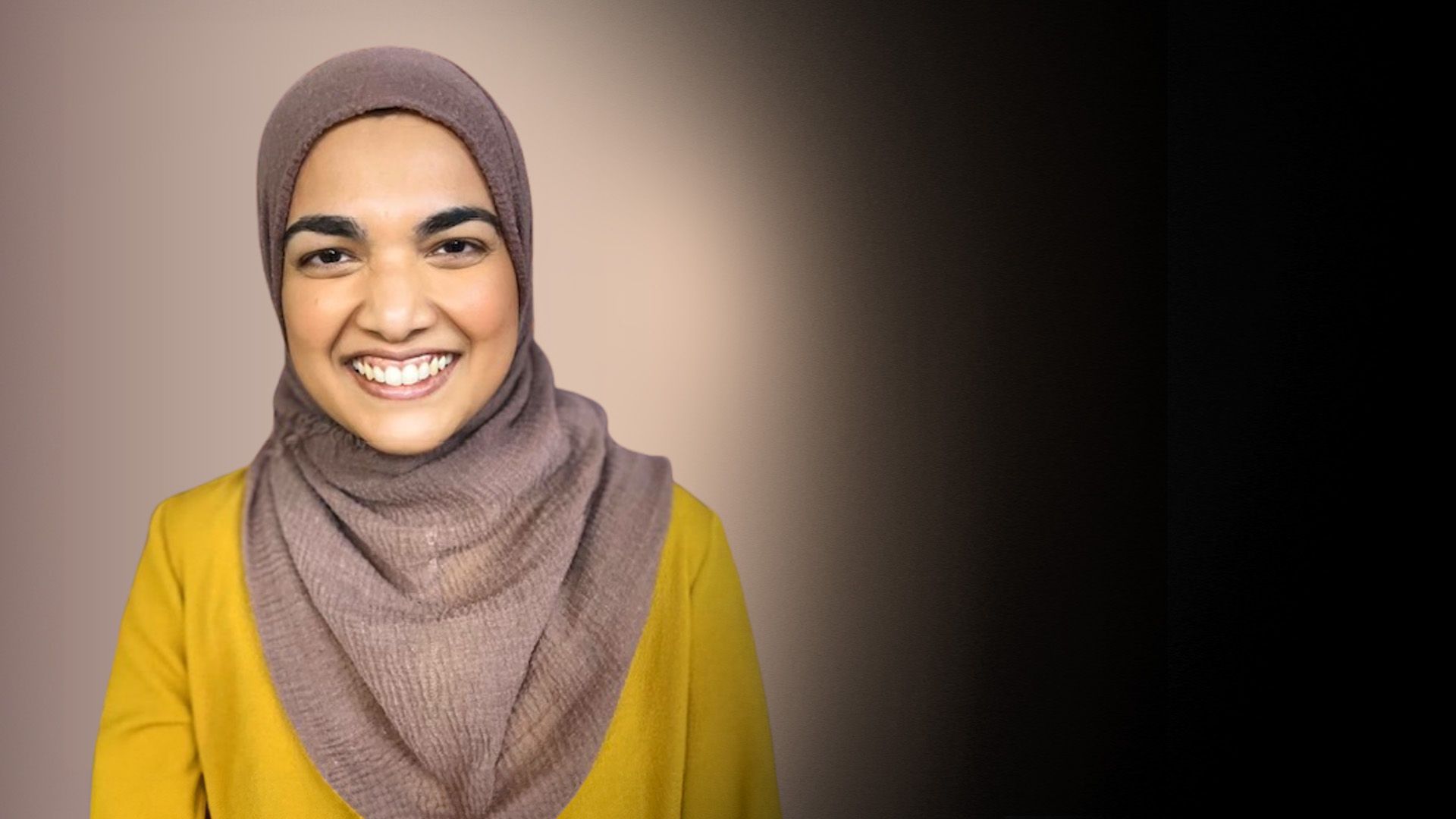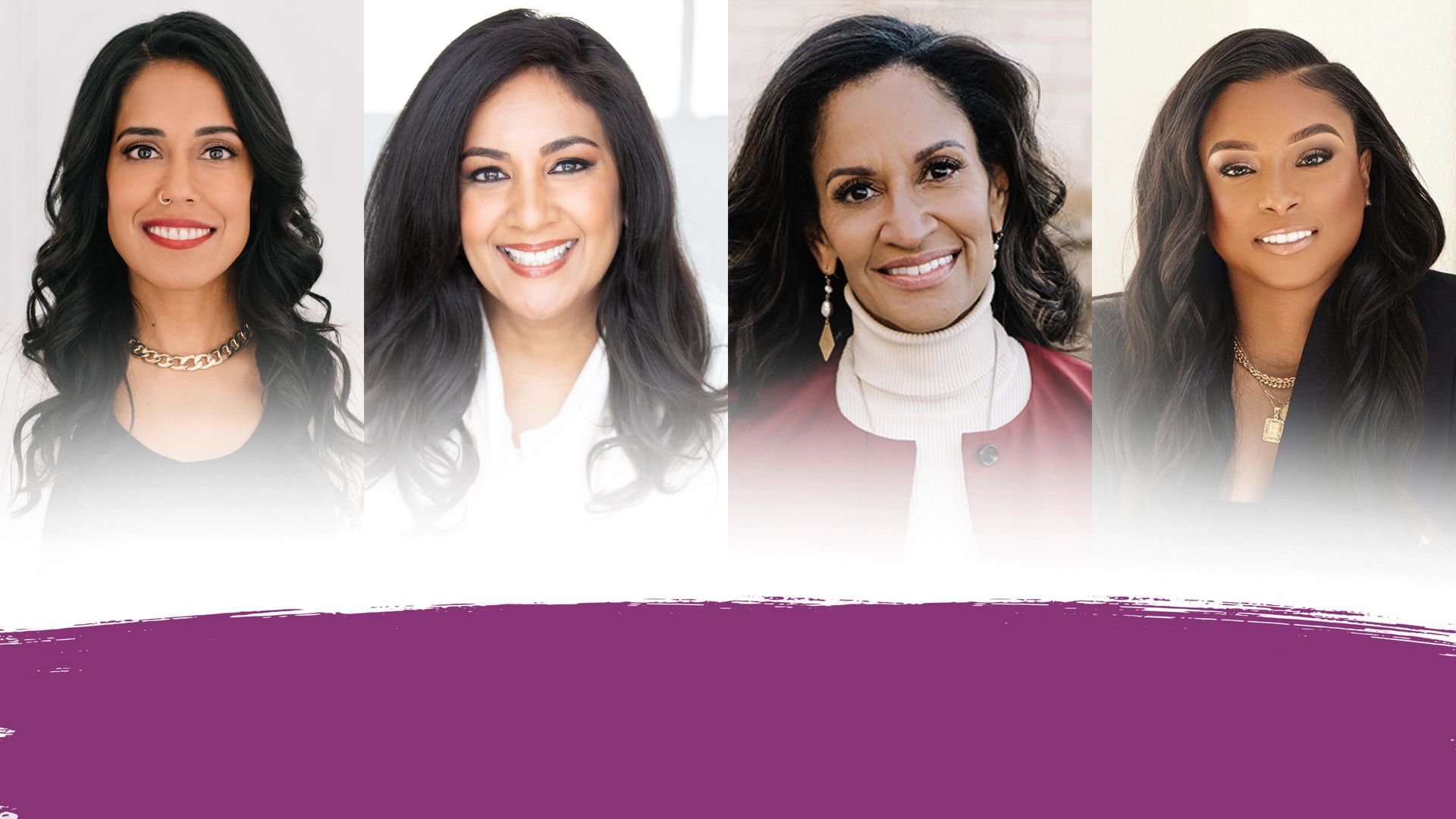Behavioral Change Is A Win For DEI. How We Can Cultivate It.
As we prepare for the end of the year, leadership teams tasked with improving diversity, equity, and inclusion (DEI) may be assessing what went well in this year’s DEI work. If this kind of assessment is on your to-do list, you may find yourself asking some challenging questions: Did we increase the diversity of our workforce? Did our employees with marginalized identities feel safer or more seen this year? Did our employees become more inclusive because of our programming?
DEI is a journey, not a destination. Only time will tell the long-term impact of DEI programming and initiatives. But if leadership teams are serious about gauging the effectiveness of the DEI initiatives they implemented this year, one key way to do that is to pay attention to behavioral change.
As DEI practitioners and those of us deep in the work, we place so much emphasis on changing hearts and minds that we forget to celebrate the wins of behavioral change. One program, session, or event may not change someone’s deep-seated racism, sexism, ableism, or homophobia. But one program or session may change someone’s behavior in a subtle yet powerful way which can foster a cultural shift towards inclusivity in the workplace.
I recently wrote a tweet about this topic:
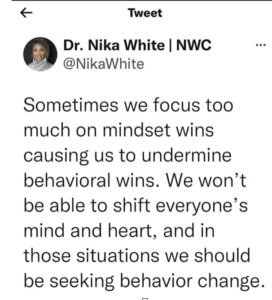
As we focus our efforts on this year’s work and beyond, the critical questions we ask ourselves should be focused on whether or not we can observe evidence of behavioral change. Behavioral change boils down to accountability and consequences. Did the people who really needed to modify their behavior feel accountable for their actions? Did they know that consequences would arise if they didn’t adjust their behavior? Did they feel compelled to go against their preconceptions to practice more mindful and respectful behaviors? These questions are the first step toward assessing inclusive workplace behaviors.
Behavioral Change Becomes A Habit And Inclusive Habits Improve DEI
We know behavioral change can become a habit and habits can change our mindsets. If we can support employees in changing their behaviors and then making those inclusive behaviors a habit, we can see lasting DEI change in the workplace.
It takes a lot to turn bias into change. We’re human beings and bias is inevitable. While every human is capable of bias, at the same time, every human is capable of empathy. It’s about being exposed to diversity, being in a community with those who have vastly different experiences, and then choosing to walk the path of empathy and compassion to develop more inclusive habits and behaviors even if one’s own beliefs haven’t changed.
For example, let’s say I’m a hiring manager tasked with hiring for a role and I’m expected to keep DEI in mind. I may not necessarily believe people of color, folks with disabilities, or LGBTQIA+ individuals should have an advantage, but I do want to give them a fair shot in the hiring process. I can’t snap my fingers to increase DEI in the workplace overnight. But what I can do is make sure the application is accessible, the language about the company’s DEI stance is clear, and I keep the application open long enough for a diverse applicant pool to stream in before starting the interview process.
This behavior change, despite one’s own personal beliefs, would give diverse candidates more of an opportunity in the job market than if I closed the hiring application in a shorter window of time without the accessible application or DEI information. Focusing on behavior and actions that are in our control can lead to better outcomes for DEI.
How can this dichotomy exist? How can someone still have racist, sexist, ableist, and homophobic beliefs and still make a positive behavioral change that promotes DEI? It can be as simple as hearing someone else’s story. It can be about getting close to someone with a certain lived experience and understanding they deserve respect and acknowledgment even if their opinions differ. It’s about developing empathy and compassion while holding oneself accountable for the impact our beliefs and actions may have on others.
Thoughtful Acts Of Kindness And Compassion Can Go A Long Way Toward DEI
Big behavioral changes are great. However, there are smaller ways to make a change and build a warm and inclusive workplace. A few weeks ago, I heard a story about a woman who was having a terrible morning at work. A colleague with an empathetic and compassionate eye noticed her. He offered to bring her a cup of coffee. This simple act made the woman feel seen and acknowledged and brightened her spirit for the rest of the day.
This is an example of how a simple behavioral change, in this case, offering a colleague a cup of coffee, can make a world of difference in building an inclusive and compassionate workplace.
Another example might be seen in a situation where someone who has deep beliefs about homosexuality works alongside someone who is non-binary or trans. They can choose to use the pronouns their colleague prefers as opposed to the pronouns they think their colleague’s gender most resembles. This small behavioral shift may feel like a conflict in their soul or values. However, it demonstrates respect for someone else’s lived experience and shows a conscious choice to be inclusive.
Sometimes when we think about individual accountability, we don’t factor in how there are simple, everyday actions that we can do to be more thoughtful and move the needle. DEI can be as practical and straightforward as bringing a colleague who you know is struggling a cup of coffee or using someone’s correct pronouns even if you disagree with them. Making DEI simple and practical is at the heart of what we do at NWC.
Final Thoughts
When we think about diversity, equity, and inclusion, it can feel so daunting and complicated. The truth is, we make it harder than it has to be. Let’s use the end of the year to center our thoughts and reflect on how many individuals have experienced behavioral change in the workplace. Let’s celebrate how small acts of kindness and compassion make more of a difference in the workplace than a one-off training. Let’s think about how we can keep the momentum going into the new year. Let’s focus on changing behaviors, not minds.
